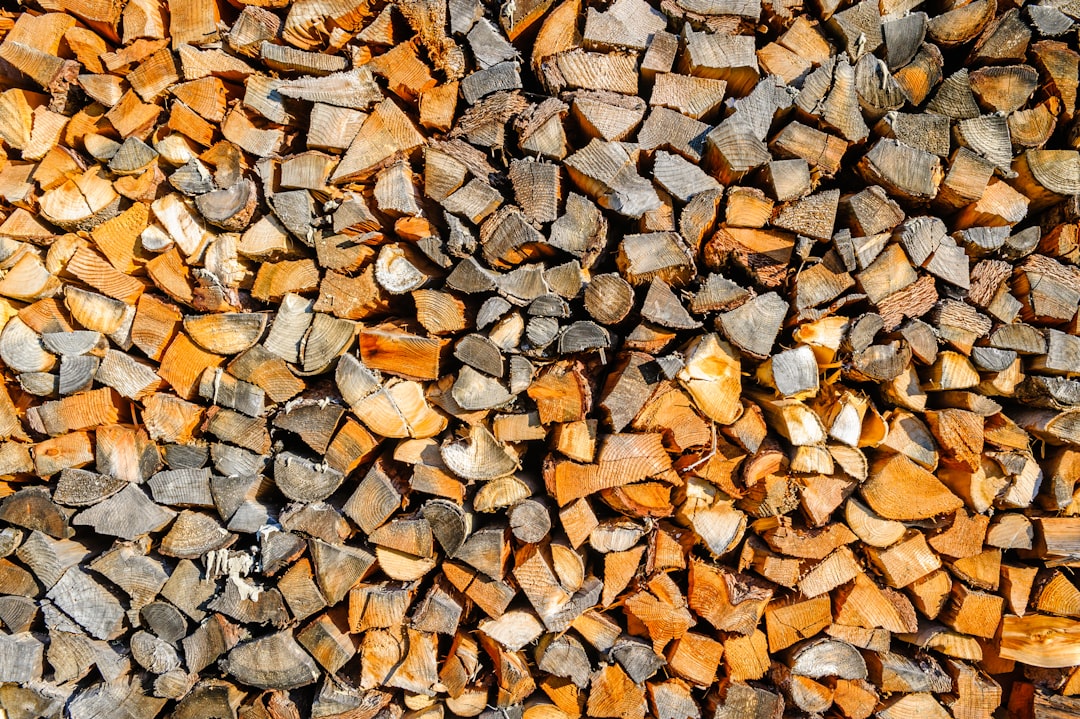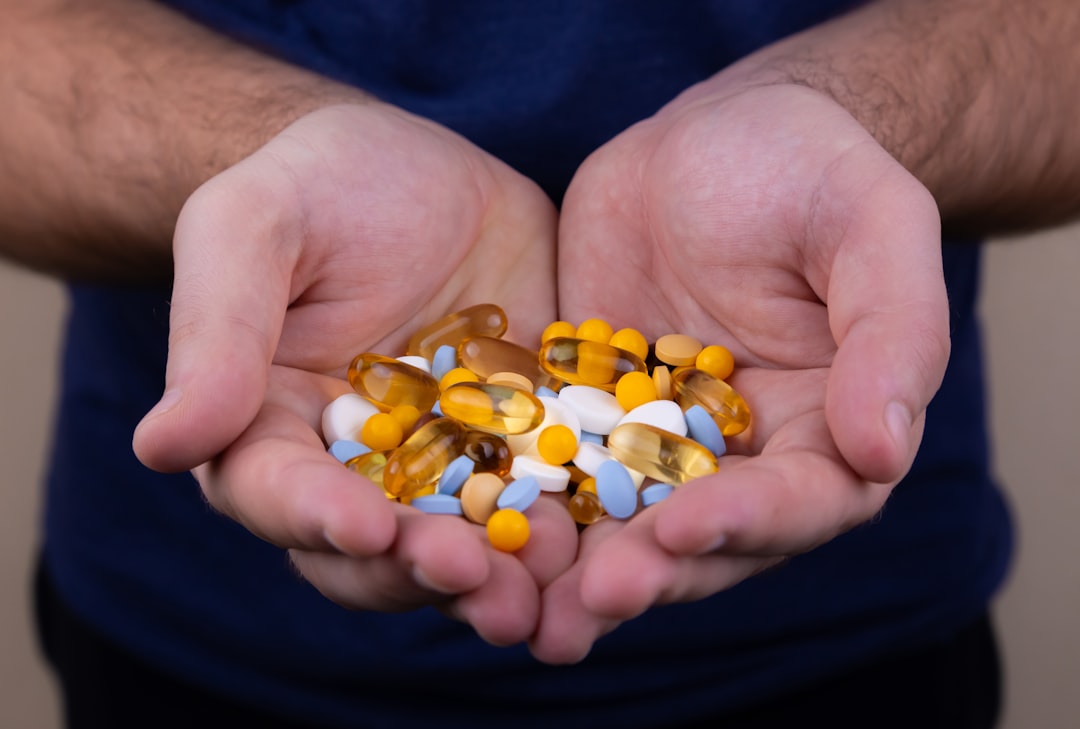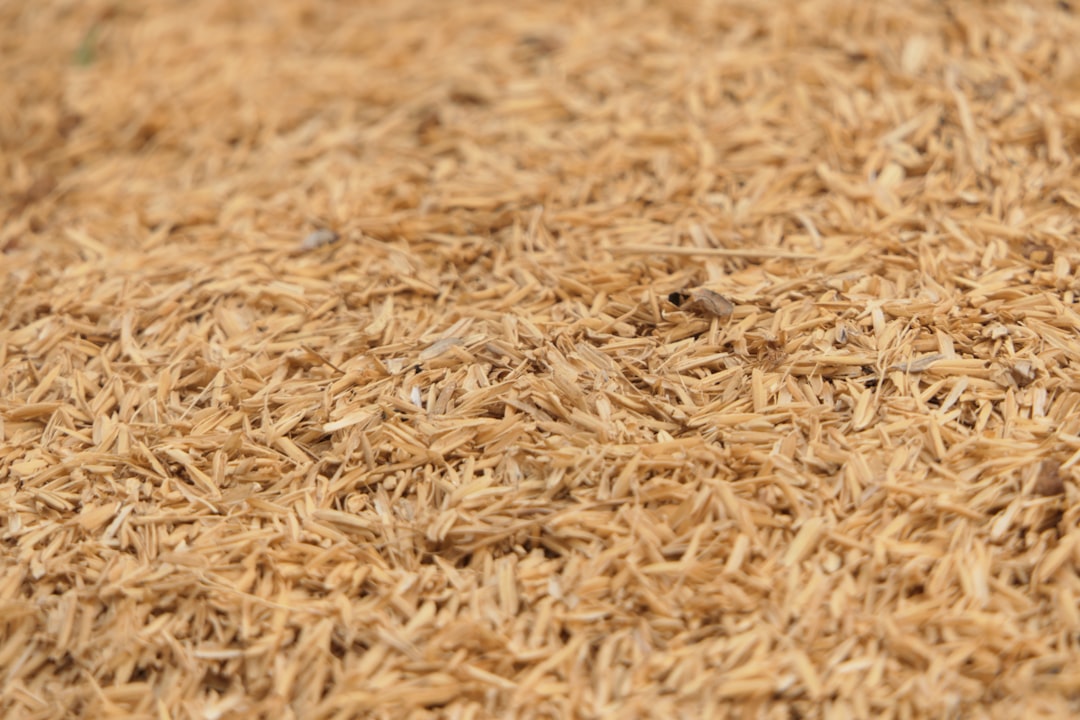What is it about?
A series of natural composite hydrogels containing a “3-in-1” type triple adsorbent system are designed. For this purpose, Spirulina (Sp) biosorbent is immobilized on/in halloysite nanotubes in different loadings and then physically crosslinked chitosan composite hydrogels are prepared. The water absorbency and Cr (VI) adsorption capacity in neutral pH medium and wet mechanical strength as well as their morphologies are all reported as a function of Sp immobilized nanotube loadings. The use of Sp biosorbent results in composite hydrogels with high water absorbency, wet strength and thermal stability. Spirulina enlarges the metal adsorption windows efficiently and the Freundlich isotherm model can fit the fundamental metal adsorption data well. It is believed that with optimized special composite hydrogel morphologies, all positively charged receptors of the Sp and the nanotubes behave as collector domains for chromate anions.
Featured Image
Read the Original
This page is a summary of: Biosorbent immobilized nanotube reinforced hydrogel carriers for heavy metal removal processes, e-Polymers, January 2016, De Gruyter,
DOI: 10.1515/epoly-2015-0168.
You can read the full text:
Contributors
The following have contributed to this page










